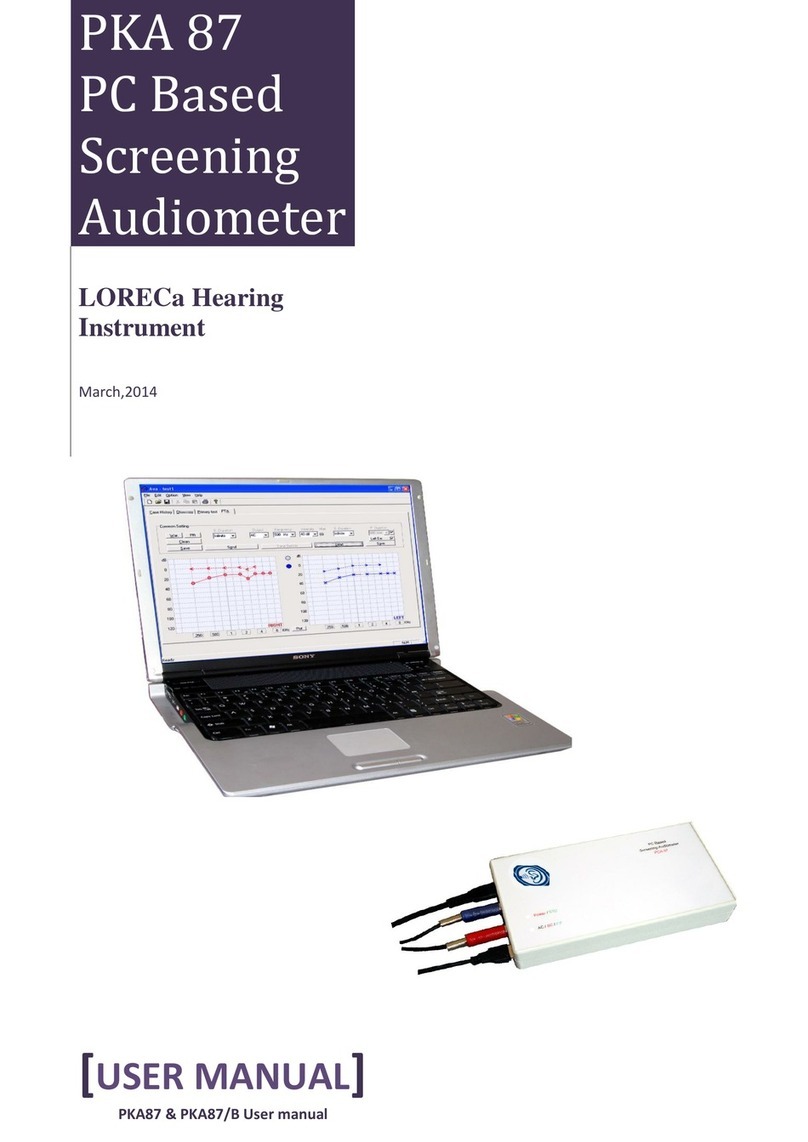
Table of Contents .......................................................................................................................................1
Introduction.................................................................................................................................................2
Intended Use ................................................................................................................................................2
Precautions...................................................................................................................................................3
Basic Functions..........................................................................................................................................5
Description of Control Panel.........................................................................................................................5
Description of Stimuli Panel .........................................................................................................................6
Auditory Behaviour ...................................................................................................................................7
Auditory Behaviour -Test Overview..............................................................................................................7
Description of Various Tests .......................................................................................................................8
Auditory Behaviour Index for Infants ..........................................................................................................10
Reflex Audiometry by Neonates.................................................................................................................11
Maturation of Auditory Response...............................................................................................................12
Technical Specifications..........................................................................................................................14
Unpacking / Inspection ............................................................................................................................17
Contents of Shipment.................................................................................................................................16
Reporting Imperfections .............................................................................................................................18
Trouble Shooting......................................................................................................................................19
Appendix: General Maintenance Procedures........................................................................................20
Recommended Literature .......................................................................................................................21
Return Report............................................................................................................................................22
PKA Operation Manual Page 1




























